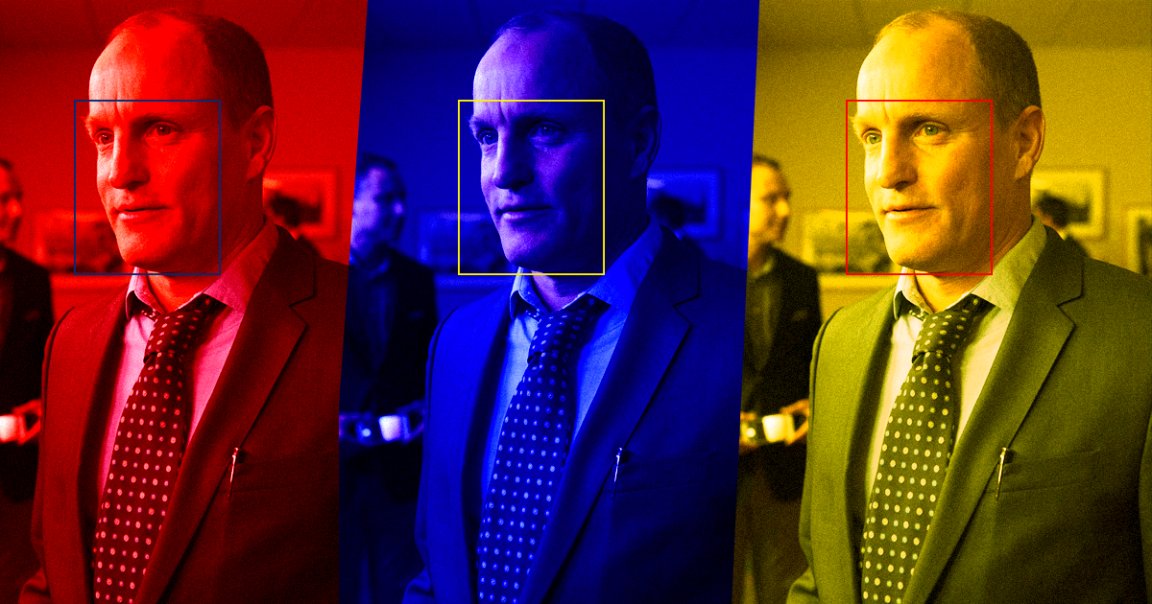
True Detective
We already knew police were running photos of unconscious suspects and dead bodies through their facial recognition systems.
Now, we can add another strange type of input to that list: images of acclaimed actor Woody Harrelson.
According to a newly released report, New York Police Department detectives noticed that a suspected shoplifter resembled Harrelson, so when the grainy surveillance camera footage didn’t result in any useful matches in their facial recognition system, they decided to try a high-quality photo of the actor.
Among the matches Harrelson’s photo returned, the detectives saw a man they believed was the person on camera, and they later arrested him for petty larceny — adding to the mounting evidence that police are using facial recognition technology seemingly however they see fit.
Passing Resemblance
Harrelson isn’t the only celebrity whose photo police have run through facial recognition systems to track down suspects, either.
According to the report, which was written by researchers from Georgetown Law’s Center on Privacy and Technology (CPT), police used a photo of a New York Knicks basketball player to track down a similar-looking man wanted for assault in Brooklyn.
This use of celebrity photos is cause for concern, according to the researchers, because it goes against the foundational nature of facial recognition systems.
“Face recognition is generally considered to be a biometric, albeit an imperfect one,” they wrote in the report. “Police cannot substitute one person’s biometrics for another’s, regardless of whatever passing resemblance they may have.”
Garbage In
Celebrity photos are just one of the many questionable facial recognition inputs police are using during the course of investigations. And that’s likely due to the fact that there’s nothing stopping them from using the tech however they see fit.
Given the serious consequences that can result from false matches, the researchers call for a moratorium on any use of facial recognition technology by law enforcement until the government puts rules in place to regulate the tech’s use.
“As the technology behind these face recognition systems continues to improve, it is natural to assume that the investigative leads become more accurate,” the researchers write. “Yet without rules governing what can — and cannot — be submitted as a probe photo, this is far from a guarantee. Garbage in will still lead to garbage out.”
READ MORE: The NYPD uses altered images in its facial recognition system, new documents show [The Verge]
More on facial recognition: Cops Are Using Amazon’s Facial Recognition Software Wrong